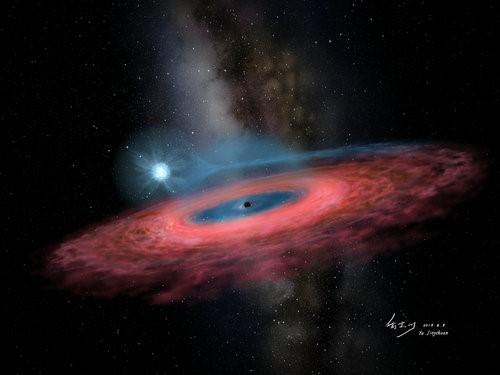When space travel is a blur
Canadian scientists are working on a new way to measure the mechanics of the human eye to better identify astronauts at risk of developing ocular damage before they go into space. Collaborating with the Canadian Space Agency and NASA, Université de Montréal researchers Santiago Costantino and Mark Lesk hope to use their expertise in measuring … Read more









